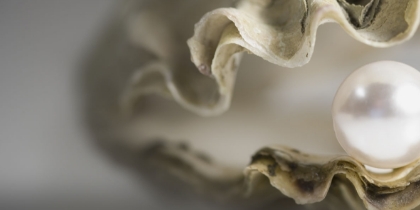Intellectual Property 101
The Office for Technology Development (OTD) exists to protect and foster intellectual property coming from all UT Southwestern faculty members, researchers, clinicians, and students.
If you have questions about protecting your innovation, please contact your Department Liaison. If you have technology you wish to protect, visit our Disclose an Invention page.
We welcome the opportunity to connect directly with you to answer questions about this key step within the commercialization process. Please also refer to the following FAQ.
Learn more about:
- What is an Invention?
- Why Disclose an Invention?
- When to Disclose an Invention
- Benefits of Disclosing an Invention
- How to Disclose Your Invention
- Inventors & Inventions FAQs





